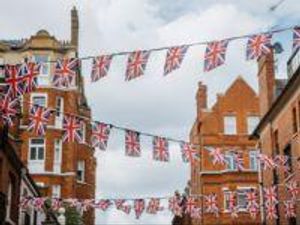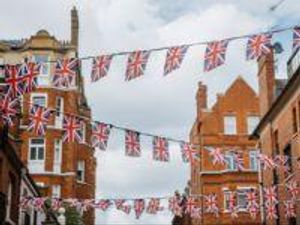Ironbridge Power Station sale: Time running out for towers which beat the odds
The giant structures at the head of the Ironbridge Gorge are proof that with familiarity comes content.
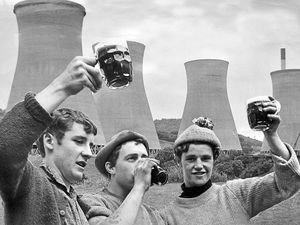
Because when those four cooling towers of Ironbridge power station were first proposed and built in the 1960s, they were regarded as a blot on the landscape.
But as the decades have rolled by that blot has somehow so melded into the environment there have been calls to have the massive towers listed and given protection from demolition.
As the Ironbridge Power Station site changes ownership, so too has the inevitable consigning of the cooling towers to history.
The prospect has led to an outcry from some, for whom they are now part of a landscape so tied up in Britain’s industrial heritage.
The planned demolition is opening up the prospect of a whole new vista, uninterrupted by the towers that beat the odds and belched out clouds of steam for years.
In recent years, some of those involved in their construction have revealed their survival for all that time was a near run thing due to serious design faults.
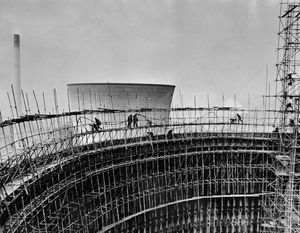
As few folk get to see the cooling towers, other than at a significant distance, their scale is not readily apparent.
Yet their dimensions are staggering. The cooling towers could each contain the dome of St Paul’s Cathedral, with room to spare.
They are approaching 400ft high – if you want to be exact, you will be disappointed as various heights are given of 374ft, 375ft, and 381ft.
As for the power station chimney, it is given as 670ft in early accounts and 673ft later – it is thought it may have gained a few extra feet when the top was reconstructed during later repairs or modifications.
More:
Flashback though to 1965, and a gale that hit the Ferrybridge power station in Yorkshire caused a chill wind of worry back in the Ironbridge Gorge.
During that gale, three out of the eight cooling towers at the “C” power station at Ferrybridge collapsed and the rest were damaged.
In Ironbridge, they were busy building – and the cooling towers for the new power station were similar in design to Ferrybridge.
What was to stop the Ironbridge cooling towers coming down in a gale too?
The answer seemed to be nothing apart from good luck.
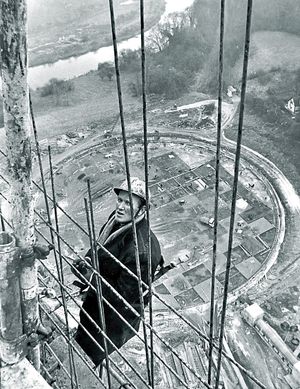
The shell thickness of the first two towers was five inches. After Ferrybridge, this was increased to seven inches on the remaining two. If they thought this had made them safe, they were sincerely mistaken, based on what Mr John F Richardson said.
His firm were the contractors for work at the power station in 1990, during which they discovered serious weaknesses in the cooling towers.
“How they stood up for 25 years in the Ironbridge valley was a minor miracle,” he told the Shropshire Star last year.
The cause was the addition of a pink colouring to the concrete, an attempt to help them blend into the local scenery. The reddish tint was supposed to be evocative of newly ploughed fields in the area.
Mr Richard’s firm, from Middlesbrough, did a survey of the cooling towers and found the pink colouring resulted in a very weak overall concrete strength, a major problem which had to be put right.
“All the cooling towers were reclad externally with concrete to strengthen them – quite a costly mistake,” he said.



